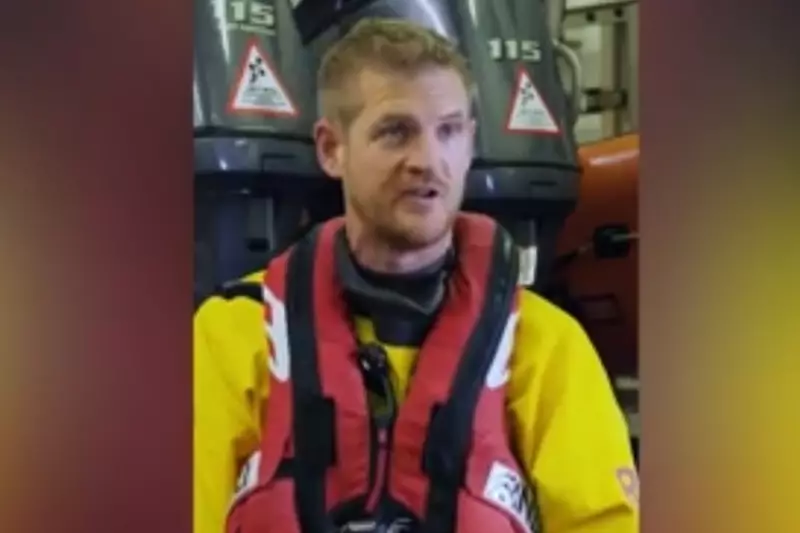
The Royal National Lifeboat Institution (RNLI) has issued an urgent reminder about a simple yet potentially lifesaving technique for anyone finding themselves in trouble at sea. Their latest video demonstrates the 'float to live' method, designed to help people survive in cold or dangerous waters.
Why Floating Could Save Your Life
When panic sets in, instinct tells us to thrash about or swim hard. But the RNLI advises doing the opposite: leaning back, extending your arms and legs, and floating calmly. This conserves energy and allows time for help to arrive.
The Science Behind the Technique
Cold water shock can kill within minutes by causing involuntary gasping and hyperventilation. Floating helps regulate breathing and prevents exhaustion. The RNLI stresses this method works even if you're not a strong swimmer.
When to Use This Technique
- If you fall into cold water unexpectedly
- When caught in strong currents
- If you find yourself far from shore
- When feeling exhausted while swimming
The RNLI's coastal safety manager emphasizes: 'Floating isn't about swimming - it's about buying time. Just one to two minutes of controlled floating can be enough to recover from initial cold water shock.'
Public Response and Safety Campaign
The video has garnered significant attention as part of the RNLI's ongoing water safety campaign. With summer approaching and more people heading to coastal areas, the timing couldn't be more crucial. Last year alone, RNLI lifeboats launched over 9,000 times, rescuing hundreds from perilous situations.
Remember: if you see someone in trouble at sea, call 999 and ask for the coastguard. Never attempt a rescue yourself unless properly trained.





